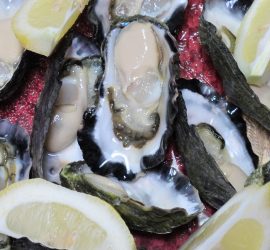A country that depends so much on the sea for its culture and its industry, over centuries, cannot afford to ignore the sustainability of its fisheries. So, just as all countries have, Norway has learned hard lessons about managing the seafood resource.
Norway shares fisheries with a number of countries and the increased capacity of fishing vessels and fishing technology had a devastating impact on particular stocks over past decades. Agreeing and then imposing controls nationally and internationally has been a major challenge. There have been spectacular failings in waters around Norway. Herring suffered massive stock depletion to the extent that fishing moratoriums were imposed in England in the 1970s. The collapse of cod stocks globally in the 1980s had an enormous impact on many economies and fishing communities in many countries. Halibut was overfished throughout these oceans for a period.
Fish farming also learned some hard lessons internationally, due to the impacts of waste and pollutants on surrounding ecosystems and on the gradual draw on ocean resources for fish feed, to feed highly carnivorous species like trout and salmon.
Today Norway is a global leader in sustainable fishing. The Norwegian governments ‘blue economy’ policy drives a wide range of programs that include marine research bodies, standards bodies, regulators and enforcement activities. With such a huge export industry, preserving the quality and reputation of Norwegian seafood is also a big priority, for industry and for government.
With solid knowledge of migratory, breeding, and feeding requirements for major species, Norway has been able to target stocks such as cod, that have been completely depleted, such as the tragic Grand Banks fishery off the coast of New Foundland, with the well managed migratory skrei stocks that are very carefully monitored and managed by Norway. With this commitment to research and oversight, prospects remain positive for delicious Norwegian seafood.

